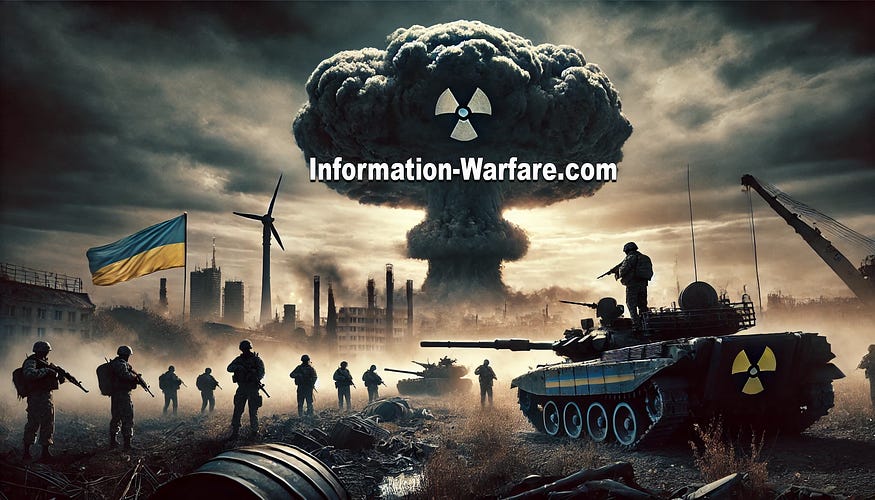The Ukraine Conflict and Trump’s Strategic Advantage
Examining the Impact of Nuclear Threats and Trump’s Relationship with Putin on Global Politics

The Ukraine Conflict and Trump’s Edge
How the Threat of Nuclear War and Trump’s Collaboration with Putin Shape Global Politics
Introduction
The ongoing conflict in Ukraine has not only destabilized the region but has also had profound implications for global politics. The threat of nuclear war and the alleged collaboration between former President Donald Trump and Russian President Vladimir Putin are significant factors shaping this dynamic landscape. This analysis explores how these elements interplay and influence international relations, security, and political strategies.
The Ukraine Conflict: A Brief Overview
Origins and Escalation: The conflict in Ukraine began in 2014 with Russia’s annexation of Crimea and has since evolved into a prolonged military engagement in Eastern Ukraine. The ongoing war has resulted in significant casualties and displacement.
International Response: The global community, particularly Western nations, has imposed sanctions on Russia and provided varying degrees of support to Ukraine, contributing to a tense geopolitical standoff.
The Threat of Nuclear War
Nuclear Arsenal: Russia’s substantial nuclear arsenal serves as a formidable deterrent against Western military intervention, raising fears of a potential nuclear conflict.
Strategic Posturing: The threat of nuclear escalation has been a critical factor in international diplomacy, influencing decisions on military aid, sanctions, and negotiations.
Trump’s Collaboration with Putin
Alleged Ties: During his presidency, Trump faced allegations of close ties with Putin, leading to suspicions about his foreign policy decisions and their alignment with Russian interests.
Diplomatic Maneuvering: Trump’s approach to Russia, marked by conciliatory rhetoric and controversial policy decisions, has been viewed as part of a broader strategy to maintain global stability through cooperation with Putin.
How These Factors Shape Global Politics
Impact on U.S. Foreign Policy:
Strategic Shifts: Trump’s perceived collaboration with Putin led to a realignment of U.S. foreign policy priorities, focusing on improving relations with Russia while adopting a more isolationist stance.
Policy Controversies: Decisions such as the withdrawal from the Intermediate-Range Nuclear Forces (INF) Treaty were influenced by this dynamic, sparking debates about their long-term implications.
European Security Concerns:
NATO’s Role: The Ukraine conflict has intensified concerns about European security, prompting NATO to strengthen its defenses and reassess its strategic posture in Eastern Europe.
Regional Stability: The potential for nuclear escalation has made European nations more cautious in their approach to the conflict, balancing support for Ukraine with the need to avoid provoking Russia.
Global Power Dynamics:
Multipolarity: The collaboration between Trump and Putin, coupled with the Ukraine conflict, has contributed to a more multipolar world order where traditional alliances are challenged, and new power blocs emerge.
Influence Operations: Russia’s use of information warfare and other non-conventional tactics in Ukraine has set a precedent for future conflicts, highlighting the role of hybrid warfare in shaping global politics.
Conclusion
The Ukraine conflict, the threat of nuclear war, and the collaboration between Trump and Putin are interwoven factors that significantly impact global politics. These dynamics influence international relations, security policies, and geopolitical strategies, shaping a complex and often contentious global landscape. Understanding these elements is crucial for comprehending the broader implications of the conflict and the evolving nature of global power structures.

